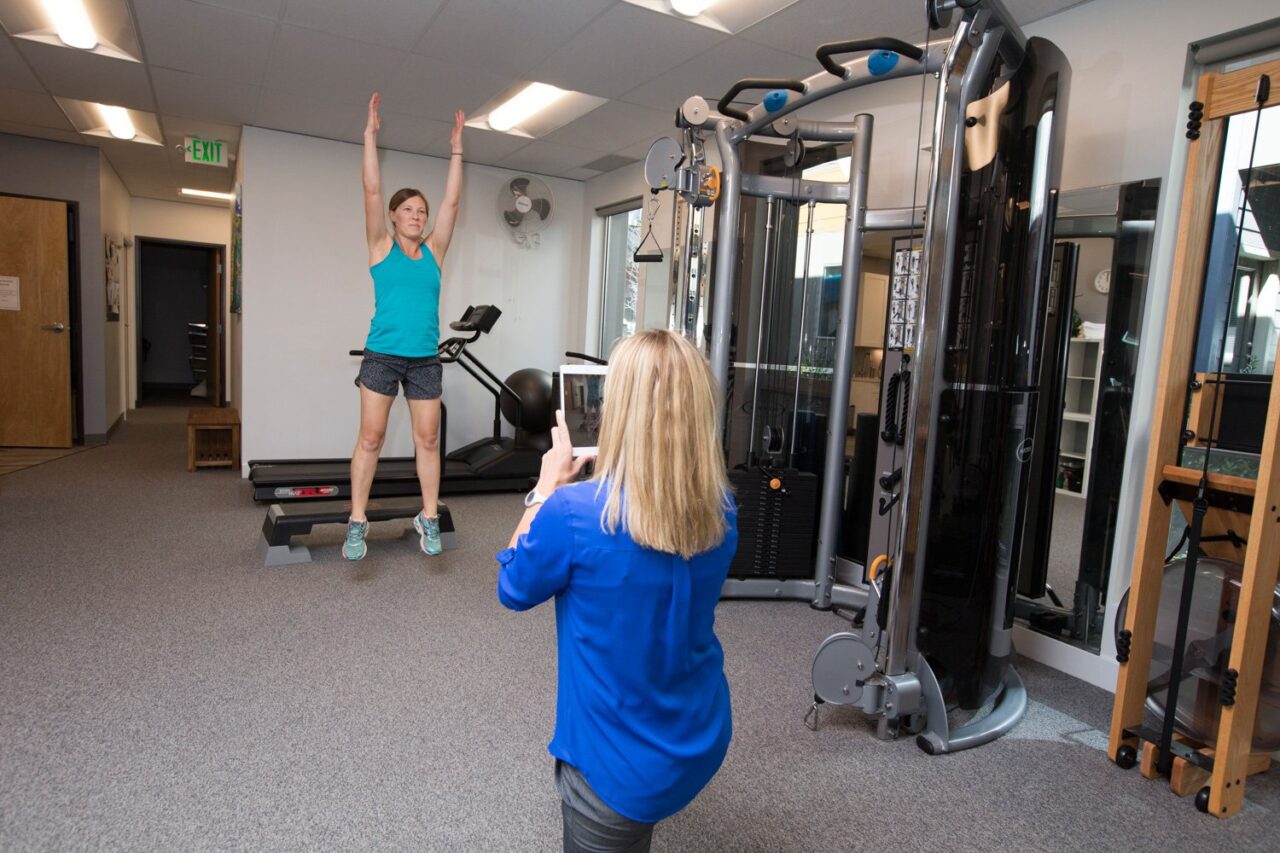Quick answer: NO. Often what is seen clinically in those who experience urine leakage with something like walking, running, or jumping movements, is that these individuals will begin to clench and contract their pelvic floor during these activities to try to prevent leakage. While that seems to make logical sense, this technique often doesn’t solve the problem. That is because clenching your pelvic floor during impact does not make logical sense when one understands how the pelvic floor muscles function during those activities.
The Involuntary Pelvic Floor Reflex
It is true that we do have voluntary control over our pelvic floor. However, a vast majority of our pelvic floor function is under involuntary control. Think, are you peeing your pants right now? No, yet you are not actively thinking about contracting your pelvic floor. This involuntary reflex of our pelvic floor takes hold during events like a cough/sneeze also takes hold during any impact activity.
Research studies have found the following:
-The reflex contraction with impact like jumping involves the pelvic floor contracting right after foot strike, not right before foot strike
-The reflex contraction with impact like walking or running involves the pelvic floor contracting most during single leg moments in the gait cycle and not during heel strike
What we can conclude from this is that the strategy of contracting the pelvic floor to ‘brace’ for impact is not an effective one. Rather, it seems the pelvic floor lengthens with impact. Imagine it like the strategy of decelerating your hands and body to slowly catch an egg safely, rather than an egg hitting on firm concrete. The lengthening pelvic floor slowly ‘catches’ organs with impact, rather than being a rigid surface for organs to smash into. So contracting the pelvic floor to brace for impact is the exact OPPOSITE of how that muscle group should optimally function. Contracting the pelvic floor also overrides this involuntary reflex system.
What To Do During Impact
To optimize the function of your pelvic floor and to allow the proper involuntary pelvic floor reflex to do its job, you should not contract your pelvic floor during impact activities or jumping. Rather, you should simply focus on relaxing and not clenching your pelvic floor during the activity. Let it go and allow this involuntary reflex to kick in. Now, an important note is that if you experience incontinence, this simple tweak is not a cure-all. Even if you are not clenching your pelvic floor with impact, you may still experience leakage. This is where the tension of the pelvic floor muscles themselves, your voluntary pelvic floor coordination, breath strategies, and hip strength must all be considered. You may also require a slow impact progression program in order to improve the involuntary function of your pelvic floor to better tolerate impact.
Schedule an appointment with a pelvic health specialist at our Boulder or Lafayette clinic to learn more about how to get back to impact without leakage or pain.
Learn more about the pelvic floor here and learn more about why Kegels are not the only answer here at Mend.
Saeuberli PW, Schraknepper A, Eichelberger P, Luginbuehl H, Radlinger L. Reflex activity of pelvic floor muscles during drop landings and mini-trampolining-exploratory study. Int Urogynecol J. 2018 Dec;29(12):1833-1840.
Williams AMM, Sato-Klemm M, Deegan EG, Eginyan G, Lam T. Characterizing Pelvic Floor Muscle Activity During Walking and Jogging in Continent Adults: A Cross-Sectional Study. Front Hum Neurosci. 2022 Jun 30;16:912839.

